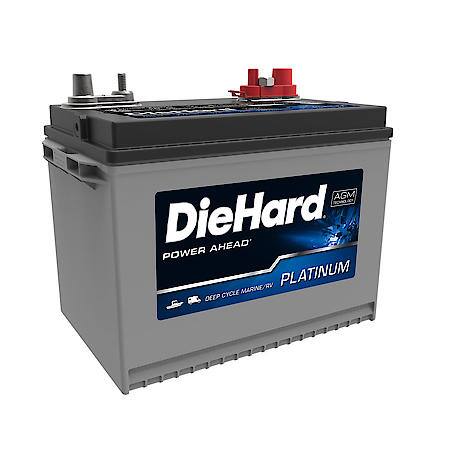

You should also see cranking amps advertised on your battery label. CCA measures how well a battery can start in cold weather-more important for buyers in northern states-while reserve capacity is how long a battery can run if your charging system fails. The two main stats to look for, according to AutoGuide, are cold cranking amps and reserve power. The average battery lifespan, says The Family Handyman, is four to six years.

Make sure your size matches up to the vehicle battery you’re replacing, no matter the type. (Those are best if your vehicle sits for longer periods of time.) They’re also better for cars with high-powered stereo setups or other extra electrical demands.īoth types come in a variety of sizes terminal locations vary from top to side. According to Consumer Reports, AGM batteries are 40 to 100% more expensive than lead acid ones, but can tolerate discharging better. Lead acid batteries cost less, but they won’t hold a charge as long as an AGM. You can swap an AGM battery into a car that came with lead acid, but not vice versa. Lead acid batteries are an older technology-you don’t have to refill them with distilled water anymore-while AGMs are modern and fit in vehicles with more advanced electrical systems. There are two types of batteries: lead acid and absorbed glass mat (AGM). Here we focus on internal combustion and what you need to know before making a purchase. Whether your car is electric, internal combustion, or remote-controlled, it will have a battery.


 0 kommentar(er)
0 kommentar(er)
